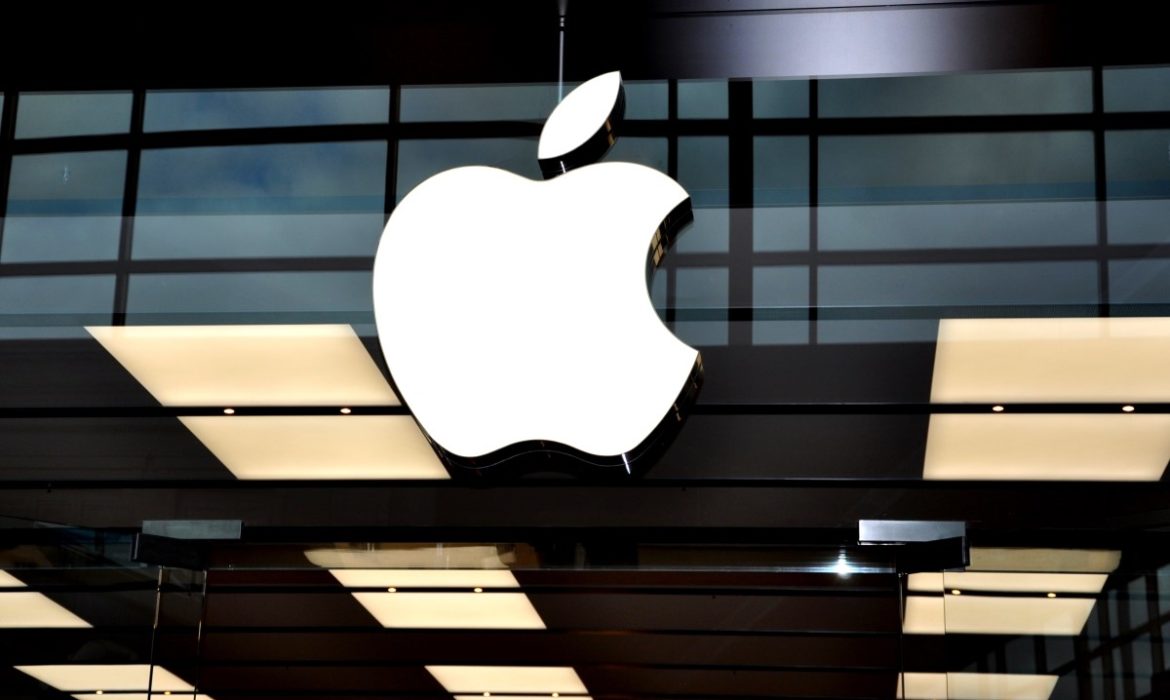Key Points
- Apple unveils small language models for on-device AI, enhancing privacy and functionality without cloud dependency.
- Apple launches OpenELM, an open-source initiative with models ranging from 270 million to 3 billion parameters, available on Hugging Face.
On June 10th, Apple’s Worldwide Developers Conference marked a significant shift towards integrating generative artificial intelligence into its ecosystem. This event showcased new AI features poised to change user and developer interactions with Apple devices. Introducing small language models for on-device AI functionalities in iOS 18 is pioneering. Similarly, the launch of OpenELM AI models on the Hugging Face model library marks another advance. These innovations dramatically enhance device capabilities, expand developer tools, and foster a more intuitive, capable suite of applications.
Apple Rolls Out On-Device AI in iOS 18
To decentralise AI processing away from the cloud and into users’ hands, it introduced several small language models specifically designed for on-device operations. Embedded within iOS 18, these models aim to provide powerful, immediate AI capabilities without compromising user privacy. Furthermore, Apple has expanded its AI horizon by releasing OpenELM—an open-source initiative featuring Efficient Language Models. These models, which include versions with 270 million to 3 billion parameters, are now available on the Hugging Face library. They are engineered for various tasks, from text generation to email composition, ensuring wide accessibility and utility.
OpenELM Models: Efficient AI from 270M to 3B
Apple’s latest venture into AI does not exist in a vacuum. Unlike Microsoft and Google, Apple opts for efficiency. Consequently, their OpenGL models have up to 3 billion parameters. For instance, Microsoft’s Phi-3 model boasts 3.8 billion parameters, and Google’s Gemma model comes in at 2 billion parameters. The strategic positioning prioritises efficient, responsive on-device AI, emphasising accessibility over data-intensive models requiring robust cloud support.
Apple vs. Tech Giants: Strategic AI Deployment
The introduction of these AI models signals Apple’s commitment to owning a substantial slice of the AI market, previously dominated by tech giants like Google and Microsoft. Apple’s developing AI model could set the stage for potential collaborations or competitive dynamics with these companies, especially as the company seeks to enhance its cloud-based AI tools through partnerships potentially with Microsoft-backed OpenAI and Google. Alliances could significantly enhance Apple’s AI reach and capabilities, especially in applications needing more computational power and data processing.
















